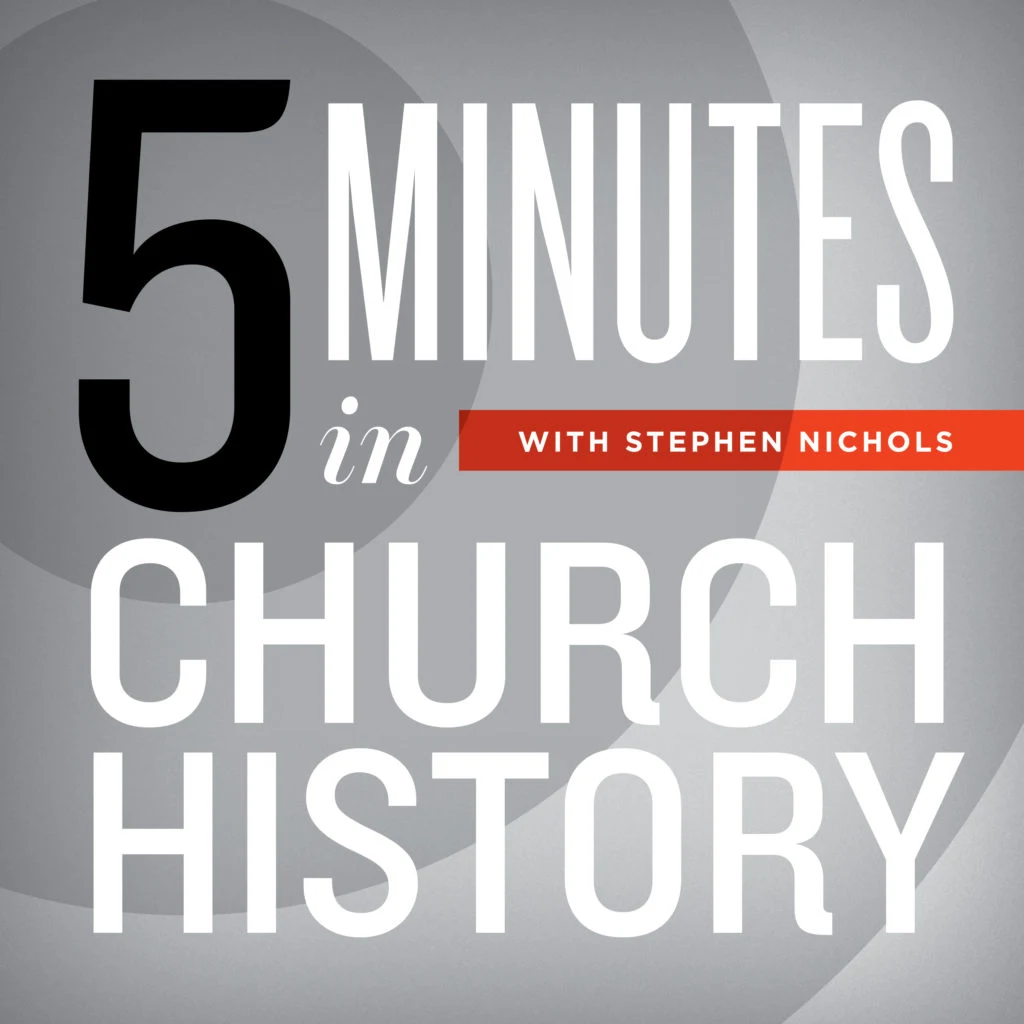Books of Hours

Medieval manuscripts were often highly ornate—decorated with jewels and gold leaf—and prayer books were no exception. On this episode of 5 Minutes in Church History, Dr. Stephen Nichols introduces us to the famous “books of hours.”
Last week we were in medieval art with tapestries, this week we are in medieval art again, discussing the book of hours. Let's take a step back and talk about some of the commonalities of medieval art.
First, medieval art was all about storytelling. Whether it was paintings, stained glass, tapestries, or illuminated manuscripts, all of this art was about conveying a narrative and telling a tale. In fact, even much of the literary works of the Middle Ages are about the epic, the tale, or the narrative that is spun. So medieval art is about storytelling, and we get this because this was a largely illiterate culture, so it was relying on pictures and images to get the story.
Secondly, we need to understand the Middle Ages as a shift from pagan to Christian culture. Christian culture not only dominated all of the Middle Ages, it also dominated art. The overwhelming focus was on Christian culture.
Thirdly, medieval art is characterized by what art historians call “luminosity.” This is in reference to the jewels, gold leaf, and other costly materials that were used in much of the production of medieval art. The idea was that the art was a presentation of the sacred. The luminosity of the artwork was to show the glory that this art was trying to depict.
And finally, art was incorporated into church and spiritual life. We see this especially in our topic, these books of hours. Now, these were mostly for wealthy and noble individuals. They were highly ornate prayer books. They came from a monastic, liturgical tradition of eight hours, eight distinct times of prayers. This was prominent and goes all the way back to Saint Benedict. These books were very much a part of life and towards the end of the Middle Ages started being pushed into the laity. Actually, we should say more particularly, into the community of lay women, because primarily these books of hours were for women. And so, the structure of the eight hours of prayers was copied into the books.
If you're taking notes, the first hour is Matins, this is at midnight. The second is Lauds, this is at 3:00 a.m., or at pre-dawn. Then comes Prime, the first hour, which is actually 6:00 a.m. And then we have Terce, or the third hour, which is 9:00 a.m. Sext, the sixth hour, is at noon, and then we have None, which is 3:00 p.m., the ninth hour. Vespers was somewhere around 6:00 p.m., which is the lighting of the evening candles and then the final hour, Compline, at 9:00 p.m. Then we go to sleep for a few hours, and at midnight we wake up and do it all again. So those are the eight hours.
These books of prayer were written around these eight hours. They would have images from the life of Christ, and scenes from the Gospels, scenes from church history. Nobles collected these. One of the most prime examples is the “Très Riches Heures,” or, “The Very Rich Hours,” of John, Duke of Berry. It was called very rich because it was ornate and very well designed.
James IV of Scotland gave one to his wife, Margaret Tudor. It was considered a beautiful piece of art. In the hands of the Reformers and the Protestants during the Reformation, these books of hours became books of prayers. Lady Jane Gray had one. Her book of prayers included the prayers of Jerome, Ambrose, and Augustine. She had it with her on the day she was led to her martyrdom. She inscribed it, gave it to her jailer, and then on February 12, 1554, she was murdered for the faith. For those are the books of hours.
Recent Episodes
A Little Church History of a Middle Colony: The First Great Awakening
December 17, 2025|American Church History
A Little Church History of a Middle Colony: Early Influences
December 10, 2025|American Church History
Gunpowder and a Proclamation
December 3, 2025|Geographical Perspectives
Thanksgiving in Church History
November 26, 2025|American Church History
3 Sermons on the Hallelujah Chorus
November 19, 2025|General Church History
Charles Jennens’ Libretto
November 12, 2025|General Church History
